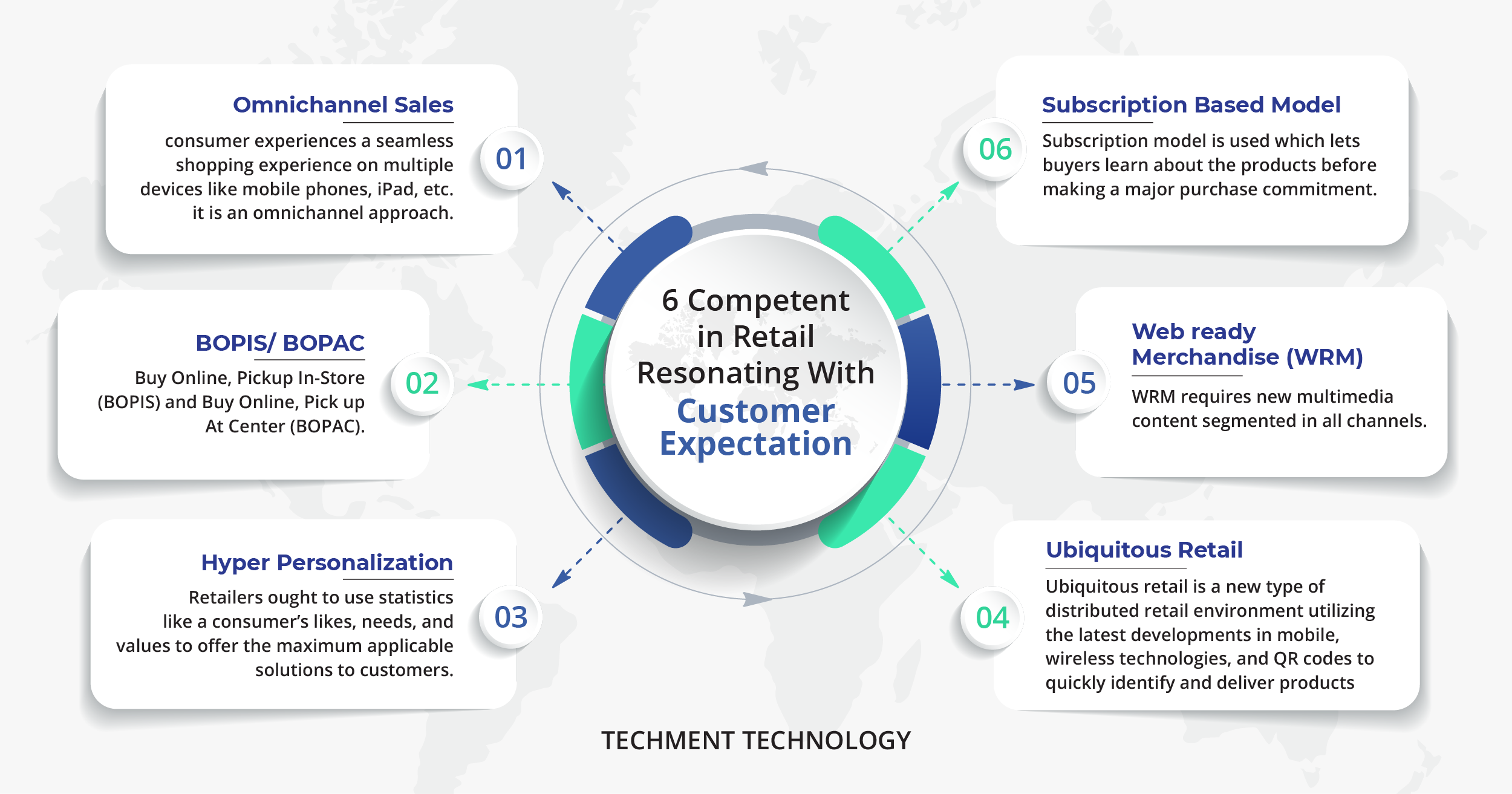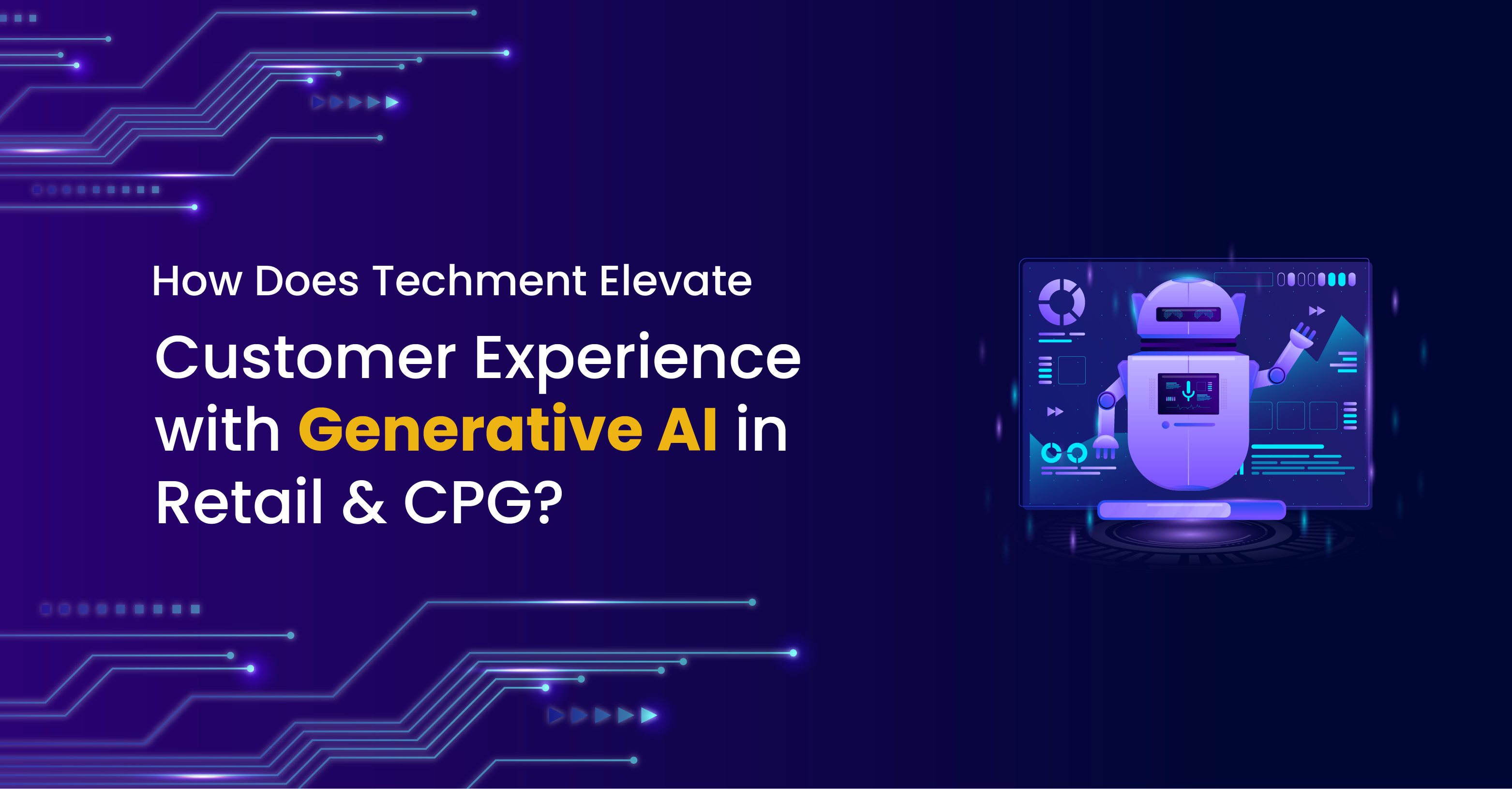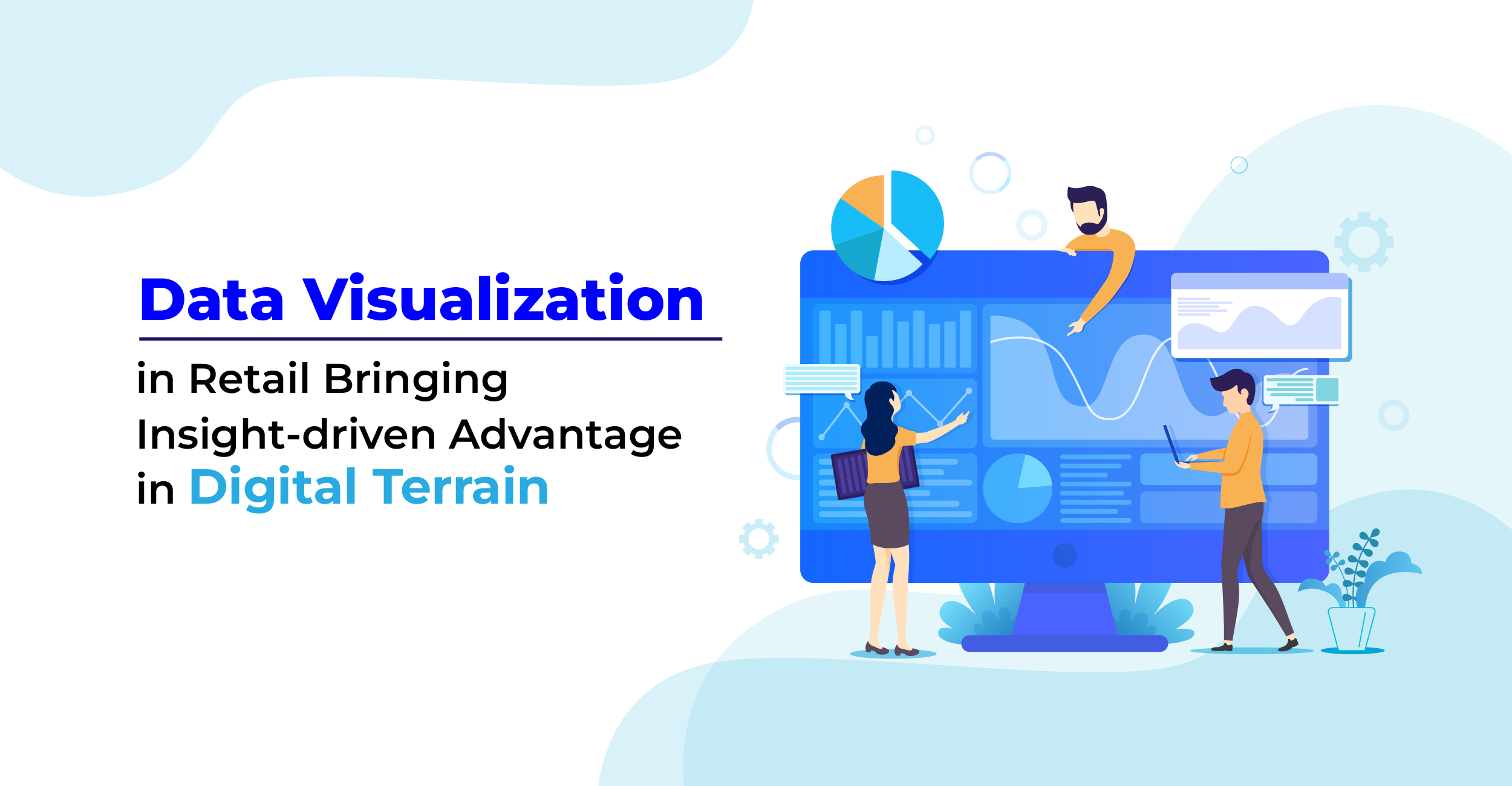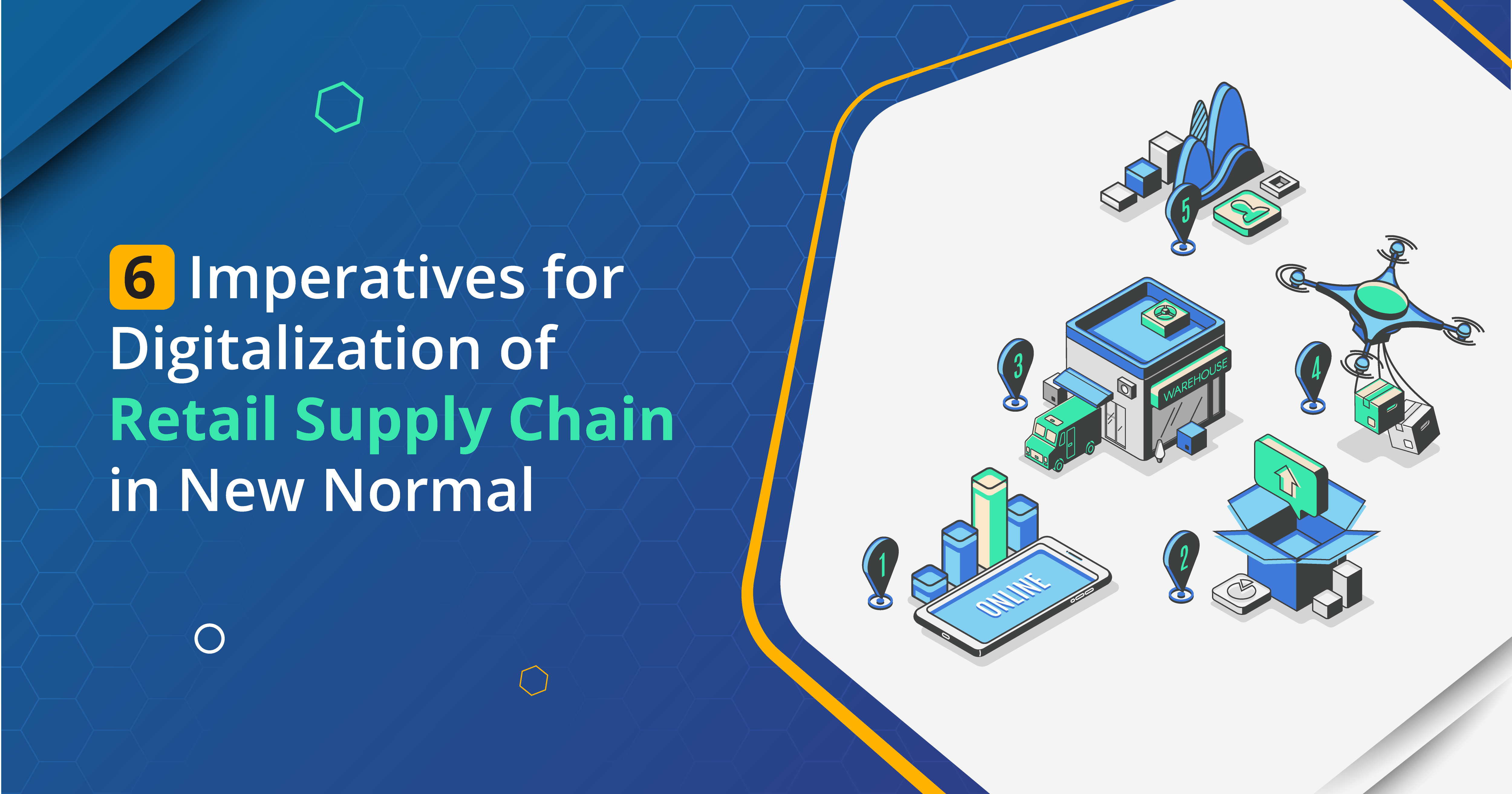The year 2020 saw the growth of “at home” service in all sectors and retail was on the periphery of the same. The retail industry was hit hard by the restrictions imposed by the government but revived after the roll-out of the vaccination program. After healthcare sectors, retails enticed shoppers back. Consumer behavior was not the same post-pandemic and now they are counting more on remote deliverable services.
After vaccine roll-out, the non-essentials in retail took back to its trajectory. Retail and e-commerce modulated their operations according to online sales and are now driven more by consumer demand, which has brought transformation in the retail industry. Now online shopping is one of the most popular online activities worldwide. According to research done by Oberlo, mentioned in Statista (a research firm), in 2020, retail e-commerce sales worldwide amounted to 4.28 trillion US dollars and e-retail revenues are projected to grow to 5.4 trillion US dollars in 2022.
With growing online sales and internet users we can expect that the retail industry will see shifts with new trends and there will be long-term acceleration in the retail sector. Most of the new trends in retail focus on “at home” or “remote” service in some or other form. The click and collect pattern turned to necessity from just an option. After the pandemic, the Buy Now, Pay Later (BNPL) and payment in installments is rising to provide budget friendly service to consumers. These practices are the result of growing concentration of online shoppers and will continue to affect new convenient trends.
How Internet Surge is Moulding Retail Practices?
Growing e-commerce has restructured the brick-and-mortar stores and many retail stores have completely shifted to online services. The surge of internet users and their accessibility to all segments within a click has made online shopping more easier and important than ever before. A survey conducted by UNCTAD (United Nations Conference on Trade and Development), online purchases have increased by 6% to 10 % across most product categories. Shifts of the retail industry towards online retail practices have already started and will continue to transform.
- Restructured Brick-and-Mortar Stores: Every retail business, small or big, is forced to re-think its physical presence, since consumers’ are in no way coming back to traditional shopping, fully. The locations of stores can become more acceptable at potential locations only. The flagship of big retailers will impact the physical existence even more. Hence, retailers must choose to go with online platforms that will benefit both retailers and customers.
- Decline of In-Person Shopping Practices: The wave of the pandemic has hit the on-ground culture very hard and all industries were forced to bind with the compliance of social distancing. In-Person shopping has almost ceased and will see a slow return.
- Soaring Automation in Pricing: As more retailers have moved towards cloud solutions, the automation of pricing has increased. Automation of work has reduced the number of workers and increased pricing due to smart technologies which have also changed the pricing criteria.
- Marketing & Customer Engagement has Changed: Consumers have already shifted to online platforms and seek their favorite products there, so retailers have shifted to social media and other online channels. According to the Global Web Index, 54% of shoppers use social media to research products.
Social shopping like shoppable TikTok and Instagram grew after 2020 and is about to grow in the near future.
6 Competent in Retail Resonating With Customer Expectation
Automation has made its way towards several industries and retail is not untouched. In the field of retail consumption, the migration of products or services from producers to consumers is divided into some stages. The retail industry has significantly optimized the continuous flow of goods and services and has learned to use data to improve its business. Retailers pay particular attention to analyze consumer behavior and product reviews. Artificial intelligence and machine learning has helped retailers analyze automated information and bring the industry closer to its ultimate goal of “low cost, great convenience, and flexible response to demand”.
Some important retail trends to be taken into consideration are:

- Omnichannel Sales: When a consumer experiences a seamless shopping experience on multiple devices like mobile phones, iPad, etc. it is an omnichannel approach. The product research is not restricted to one device, rather it stays in the cart of consumers through different mediums and the more prominent one is mobile so most of the retailers are making their online sales compatible with smartphones. The Mobile-first approach is the top priority for retailers to reach the next level in customer experience.
For an omni-channel approach, understanding buyers’ journeys is important. On buying funnel;
- Consumers first discover your product with social media. It may be through Influencer marketing or posts that they go through.
- If they show interest, they might fill the questionnaire or a form to show interest. This makes them feel more attracted to the brand.
- They may also directly reach online shopping sites or an affiliate to get reviews.
- Then place an order after building trust with the product.
This shows involvement of various platforms i.e., it may be through browser, mobile phones, tablet, etc. Knowing before execution about what journey they prefer is profitable.
Amazon, the biggest platform, has access to the same information through websites, mobile apps & smartwatches. Walgreen runs a reward balance program and provides reward points in various ways i.e., online purchase, offline purchase, activity tracking by connecting fitness apps to Walgreen app. They allow collecting points through different channels and redeem them in various forms. This way they collect information through different mediums and provide a seamless experience to customers.
- Hyper Personalization: Retailers ought to use statistics like a consumer’s likes, needs, and values to offer the maximum applicable solutions to customers. So, if a consumer visits your online storefront, retailers ought to view personalized tips primarily based on their behavior of purchase and what they go through before buying something.
Technical advancements have made personalization even better. Amazon’s “Frequently Bought With” feature was enabled with AI that made it scalable. AI enabled millions of retailers to scan more data on consumers’ buying patterns and ML brought more recommendations through its automated learning. These technologies have made recommendations more specific.
Stitch Fix is an online retailer that assists clients to discover apparel. The hand-picked portions are shipped to their door and clients keep what they need and ship the rest again. What makes this platform so attractive is the personalization process. Stitch Fix asks clients a chain of inquiries to gauge their fashion. The objects are dispatched to the customer’s home in which they can try the whole thing and simplest pay for the objects they’d want to take.
- BOPIS/ BOPAC: The Covid19 caused huge and rapid changes in the retail industry. Mandatory quarantine and temporary store closures forced retailers to find new ways to safely deliver goods to customers. For many retailers, two new click-and-pick methods are rapidly becoming important: Buy Online, Pickup In-Store (BOPIS) and Buy Online, Pick up At Center (BO.Due to the pandemic shoppers could not enter the store & BOPAC was developed under this situation. The store has created its own outdoor pickup area where online orders can be delivered to customers. This approach can be implemented as a curbside pickup point next to a separate store.
- Subscription Based Model: In this pricing model, customers pay upfront for the monthly or annual service charges and subscriptions may be different types based on product or services i.e., whether it’s a product of necessity for which subscription can be automated or a new product subscription.
The company hopes to provide curious consumers with a smaller model at a reasonable price, allowing them to try the product and hope to buy more. Products from top brands are minimizing risk by testing sample sizes before moving to potentially expensive full-size products. For online retailers whose buyers want to better understand the company, a subscription model is used which lets buyers learn about the products before making a major purchase commitment.
- Ubiquitous Retail: Ubiquitous computing is the integration of computing in human activities. This technology is an extension of mobile computing based on portable accessing technologies (i.e. cameras, location-based service, etc.), always connected to a network, and linked to web-based multimedia content repositories that adapt the provided contents according to users’ characteristics.
Ubiquitous retail is a new type of distributed retail environment utilizing the latest developments in mobile, wireless technologies, and QR codes to quickly identify and deliver products. It is based on consumers’ prior knowledge of mobile applications and can be enhanced with various functions. This retail practice becomes easy for people who already own smart mobile devices and understand the possible uses of these devices (in terms of accessibility and installation methods and basic functions).
- Web ready Merchandise (WRM): WRM requires new multimedia content segmented in all channels. These visual assets such as catalogs, brochures, etc. can be reused in all channels. This indicates that one of the next major industry initiatives will involve redesigning the delivery method of product information and content.
Adopting Innovative Retail Trends Will Provide Competitive Advantage
The question of whether the company should solve the digital transformation no longer arises. All retailers know that they need to change to keep up with the times, and the Covid19 pandemic has emphasized the need for change. Nowadays, retailers are coming across many technological opportunities, but as the demand for precision, retail services such as BOPIS, inventory tracking, etc, continues to grow. To take innovation and customer experience hand-on-hand, choosing the right partners is more important than ever.
Personalization becomes prominent when it comes to connecting and influencing customers and they do connect when they believe that their interaction with the brand is logically connected. Marketers who consider customer journeys ought to connect easily rather than retailers who just focus on different offers and opportunities. Companies can also work with third parties to help provide these experiences.
 All Posts
All Posts


